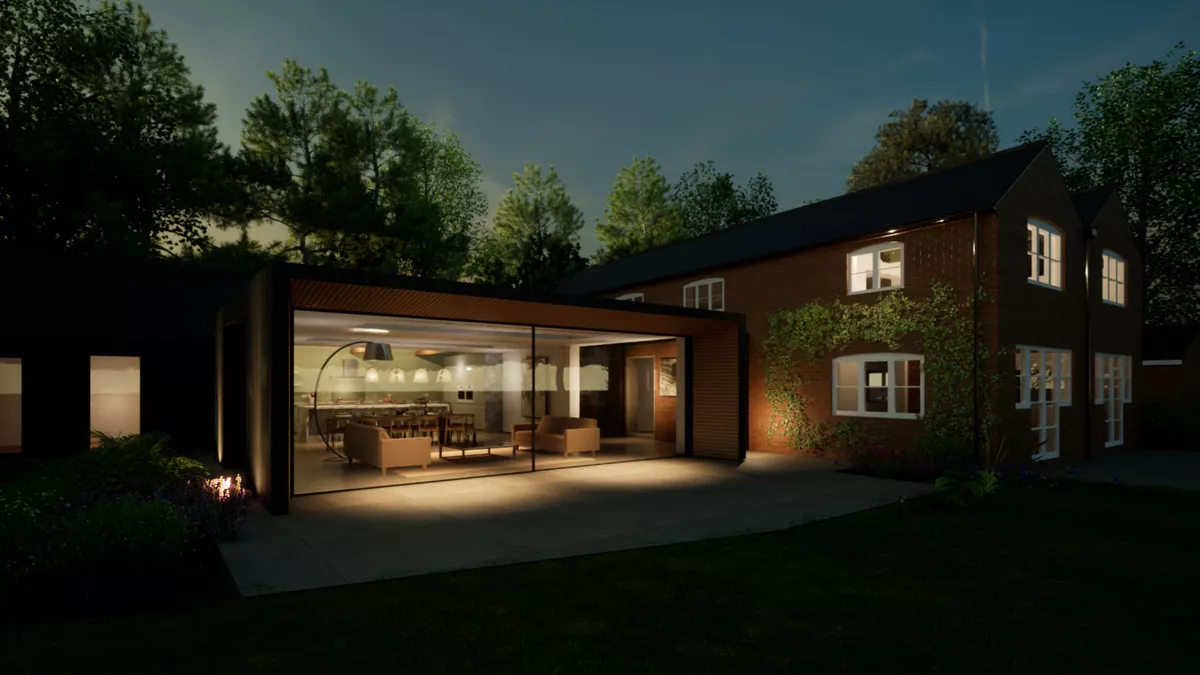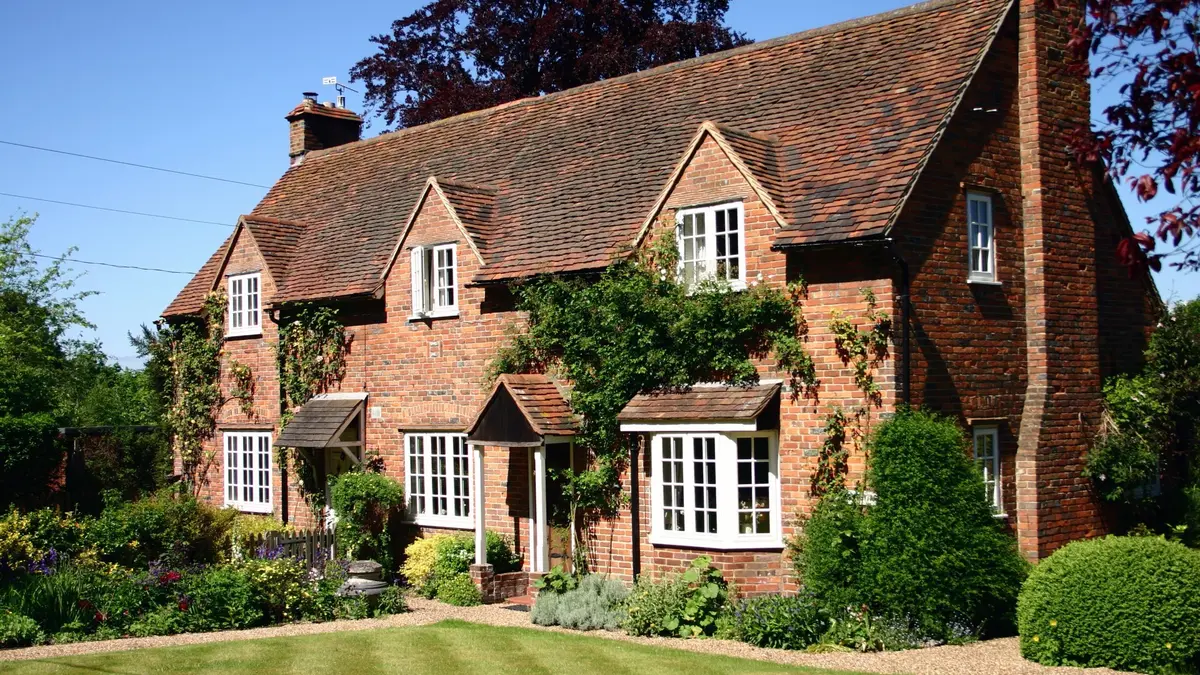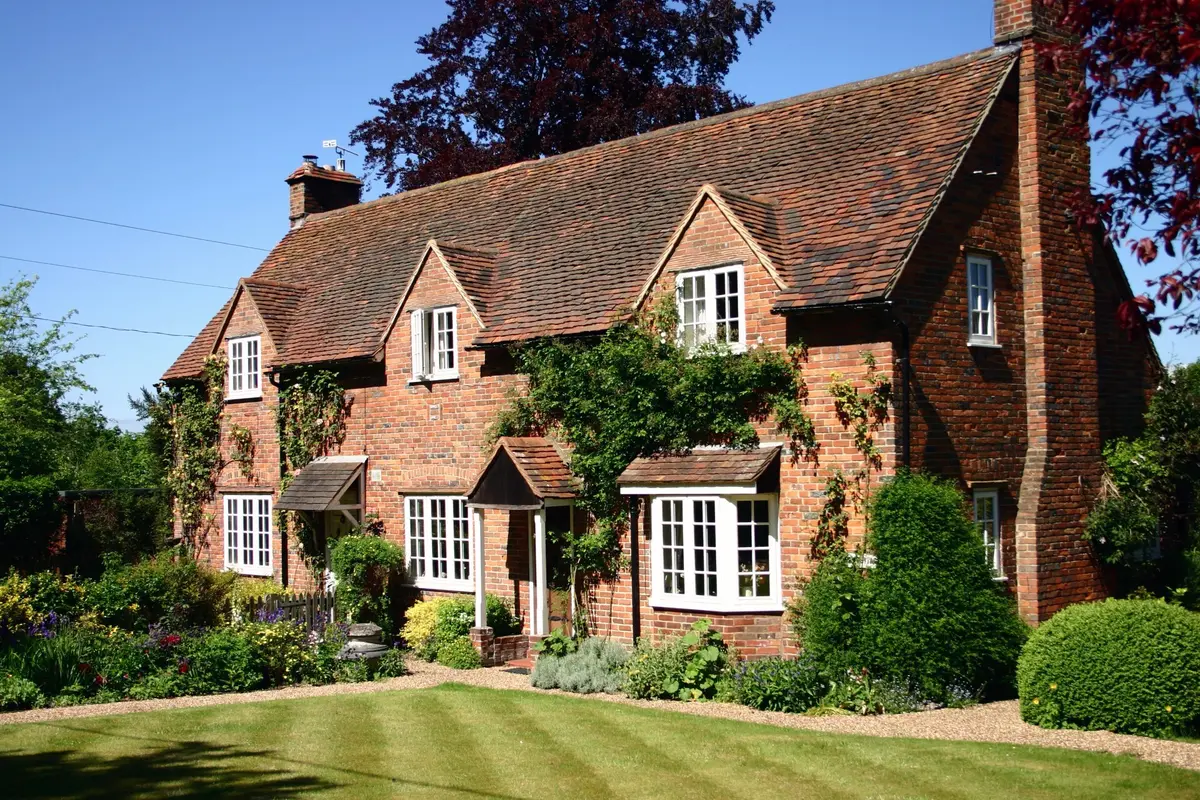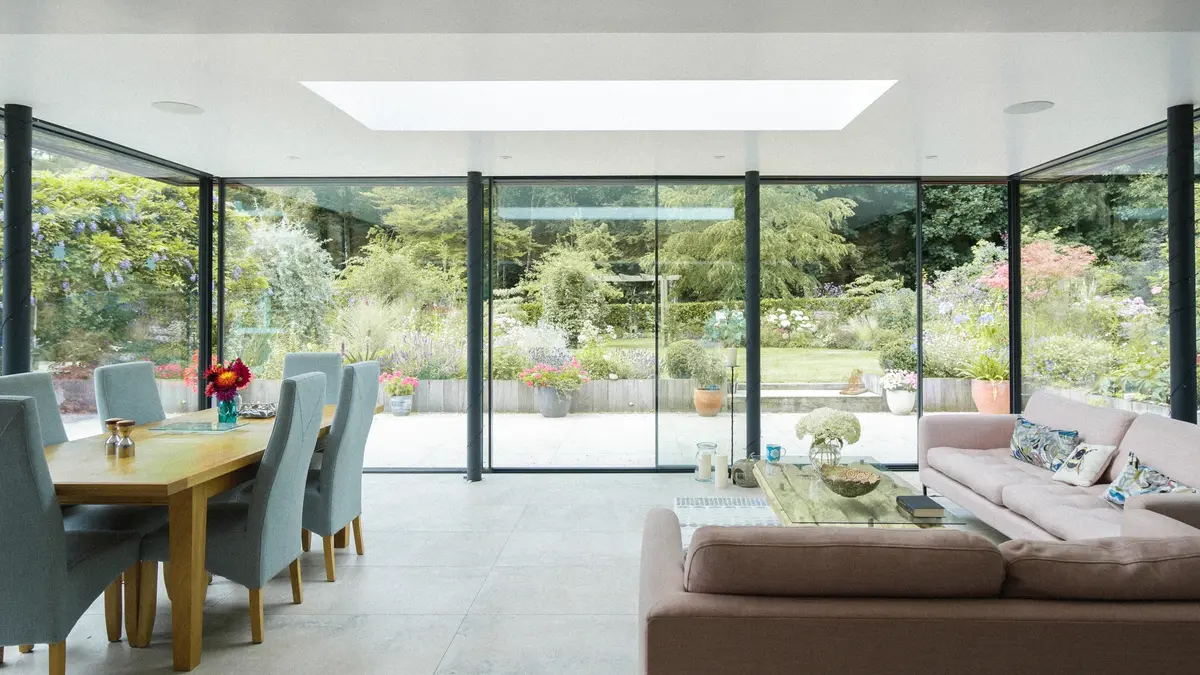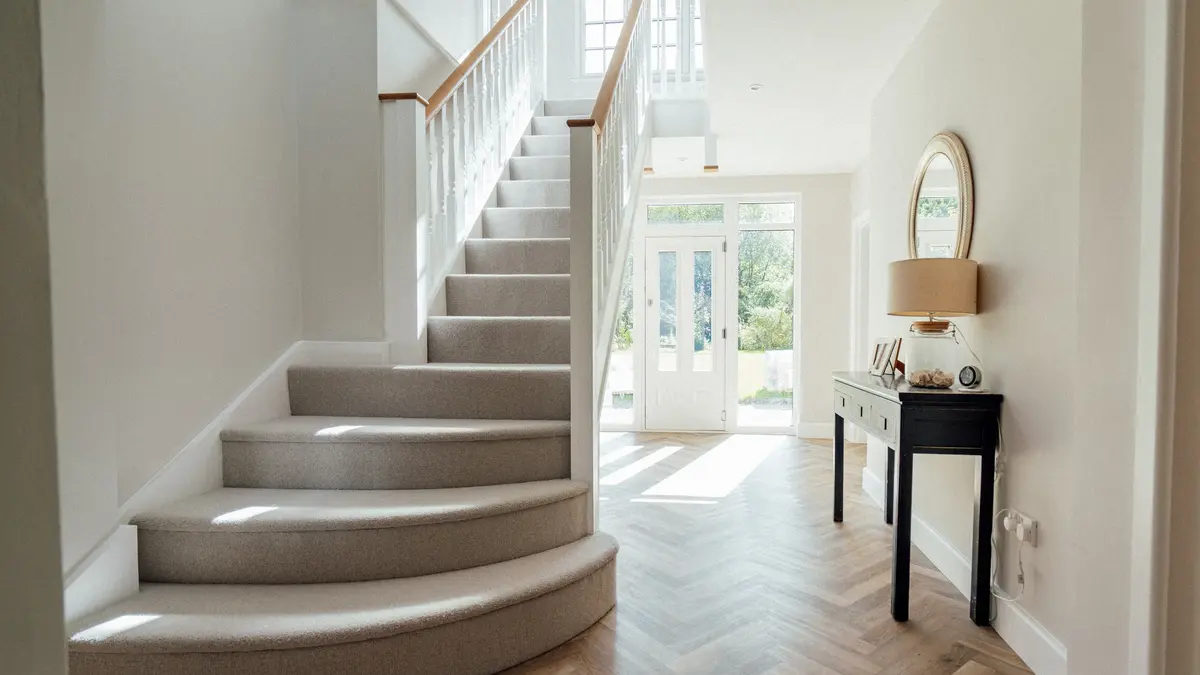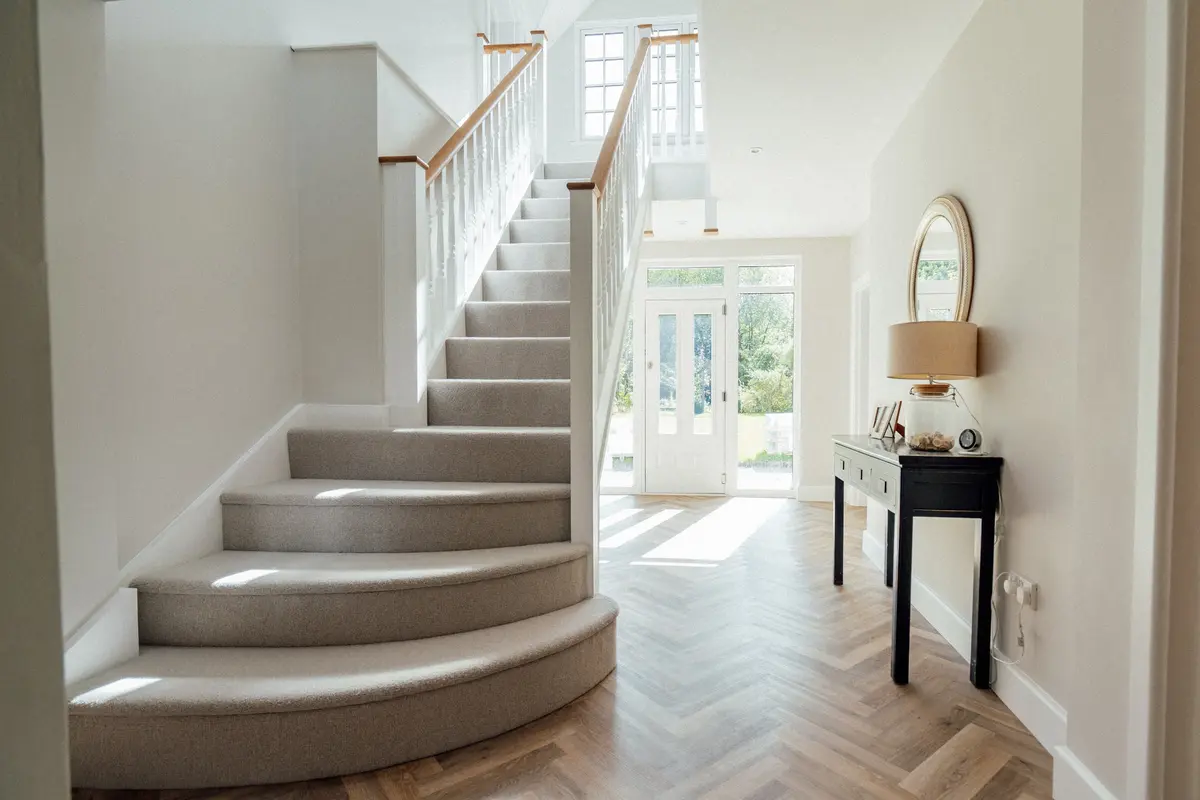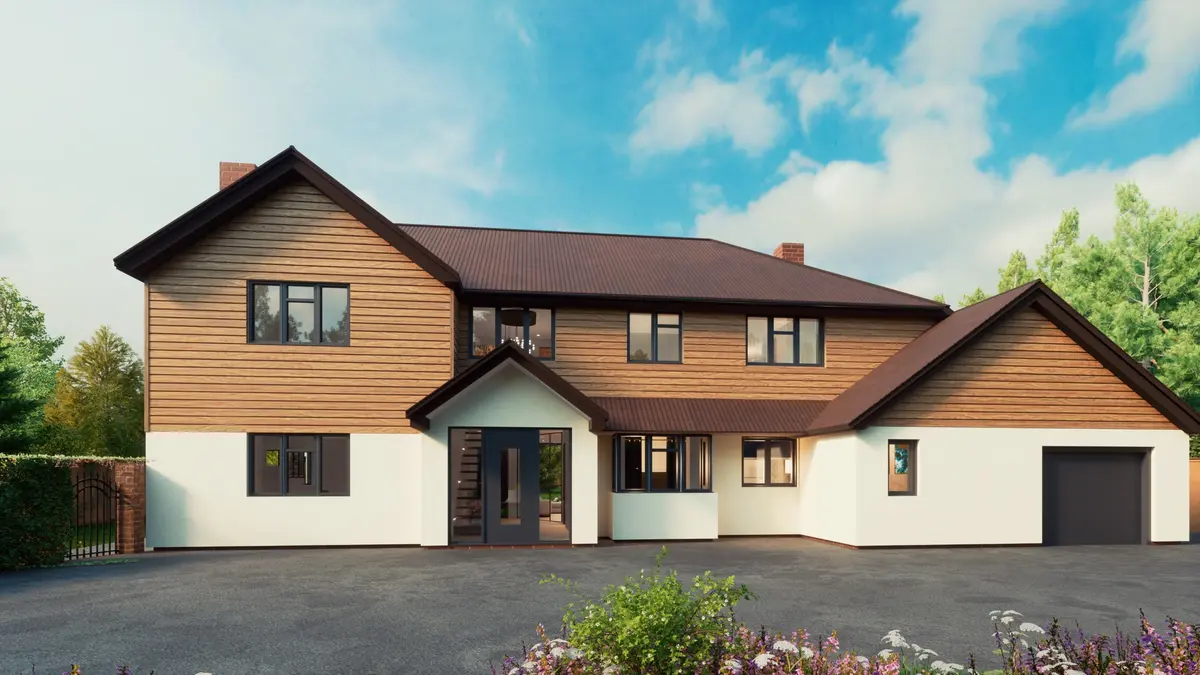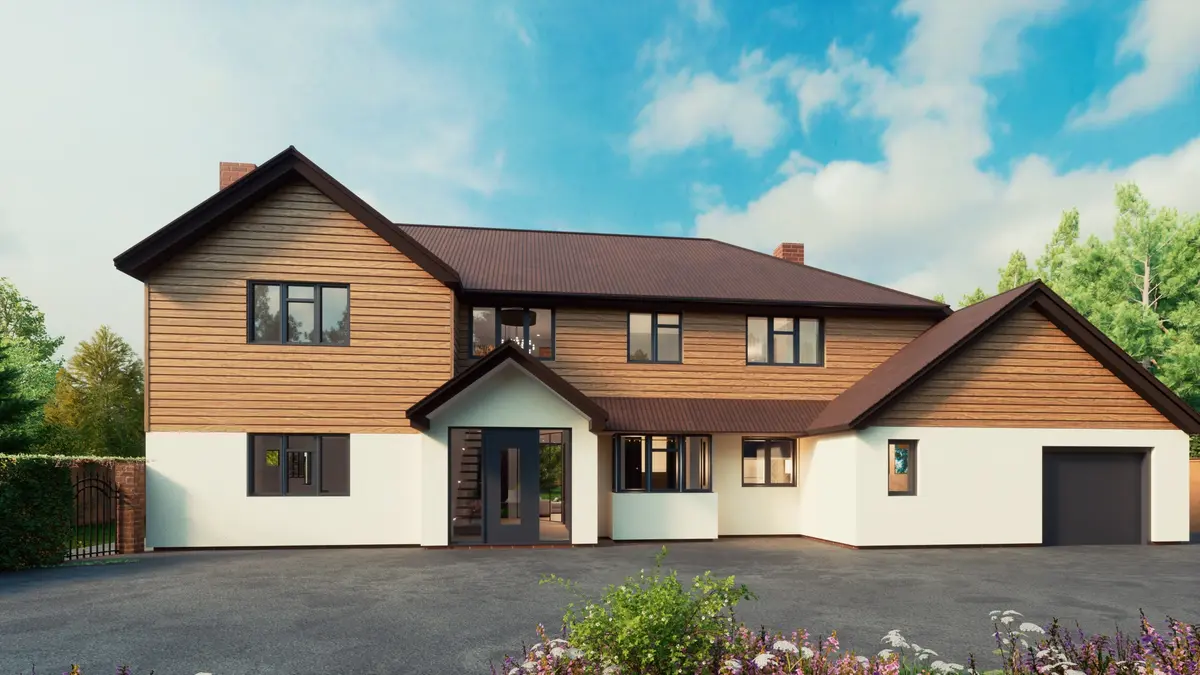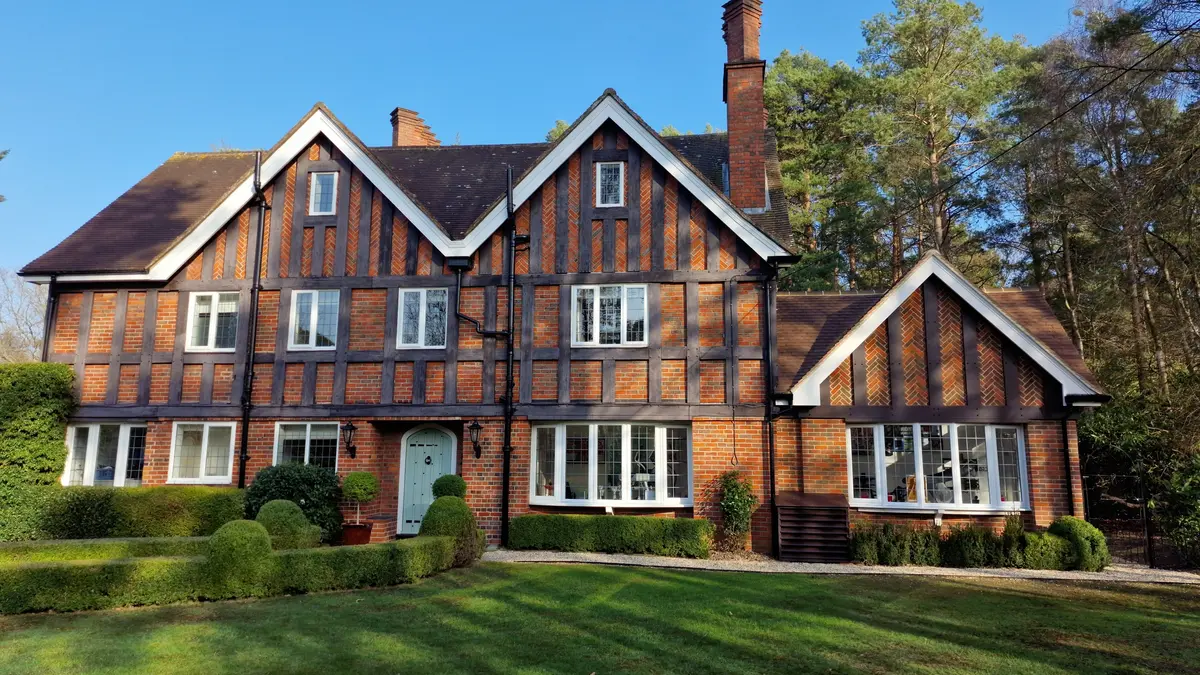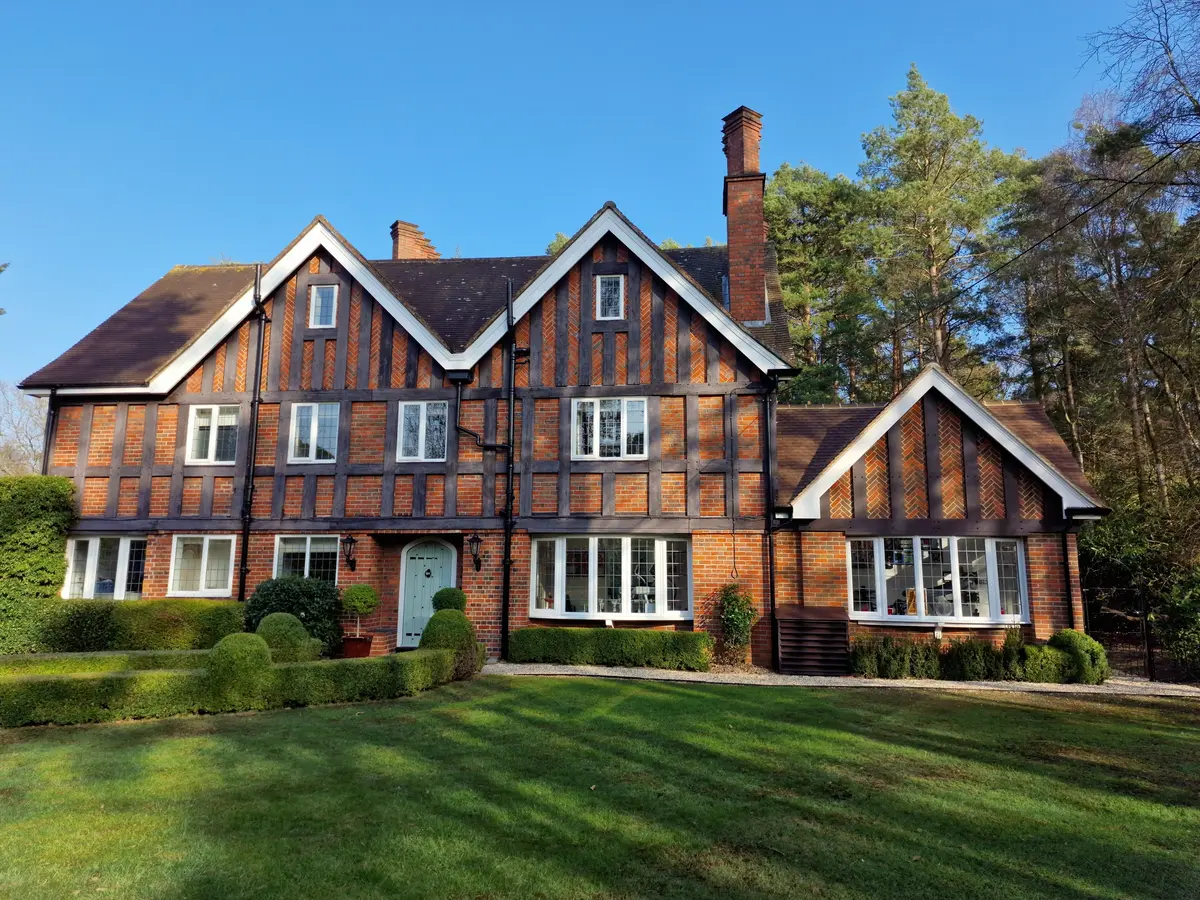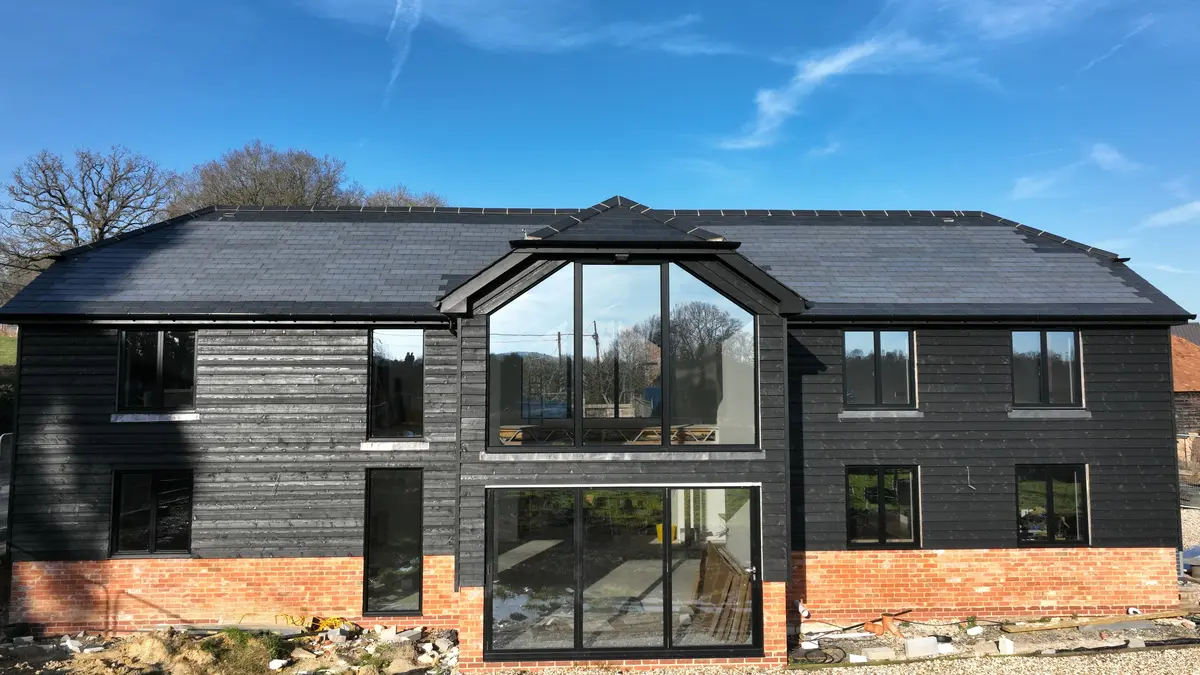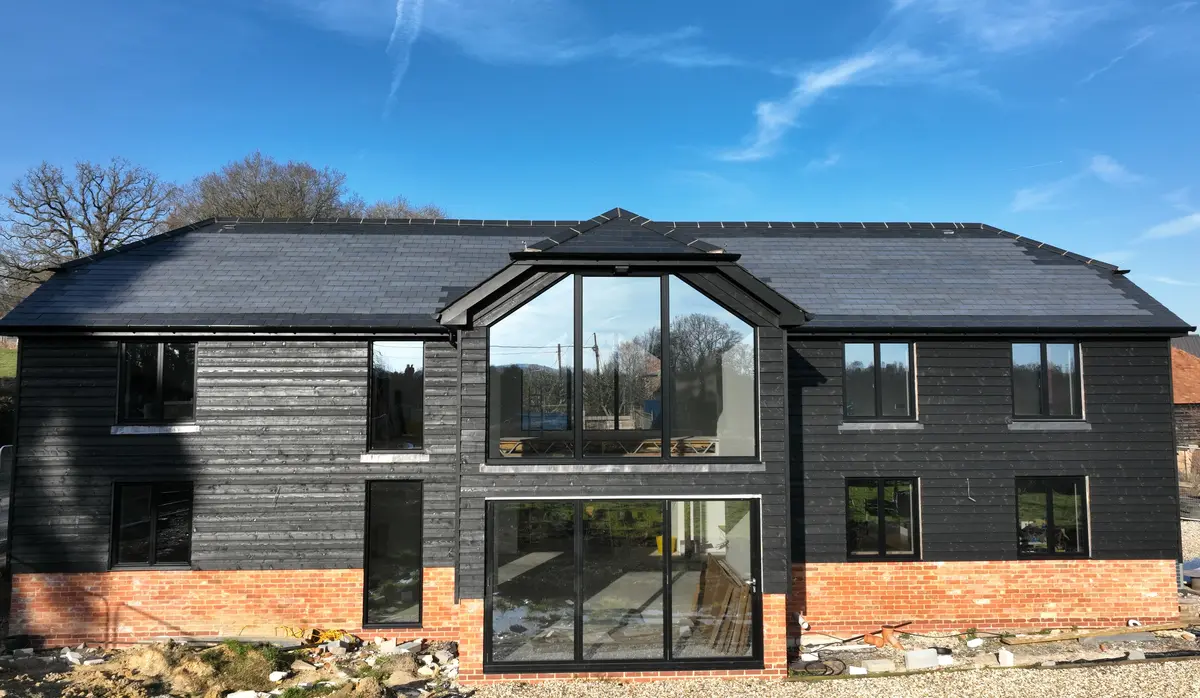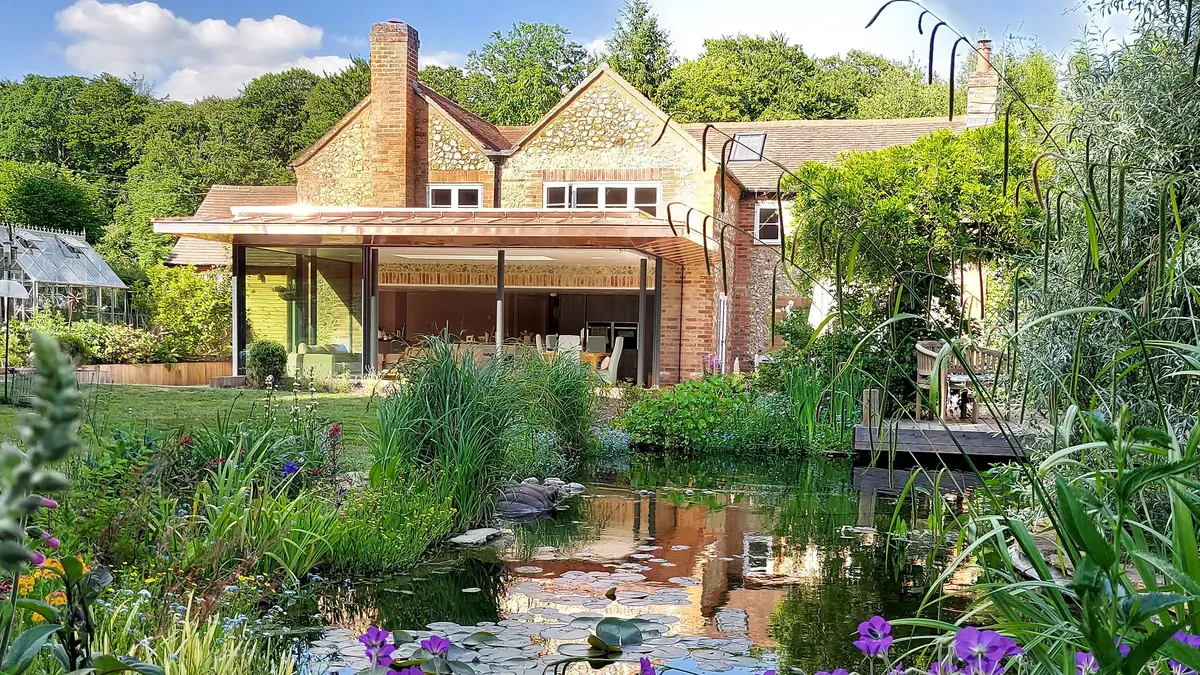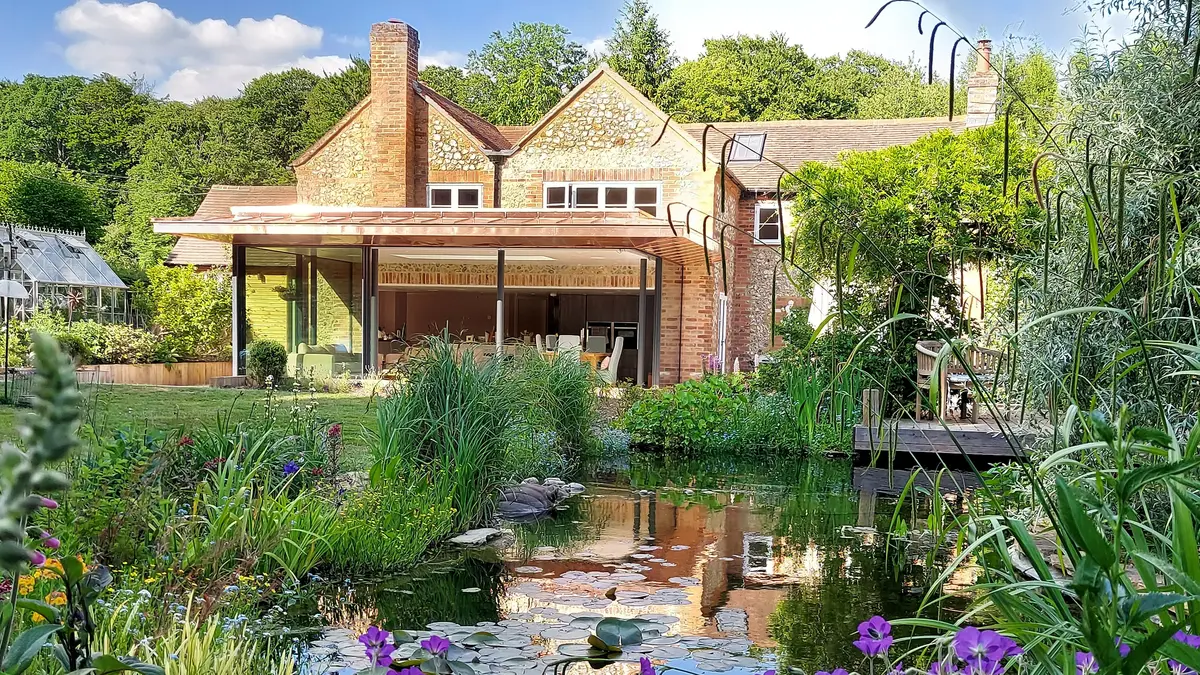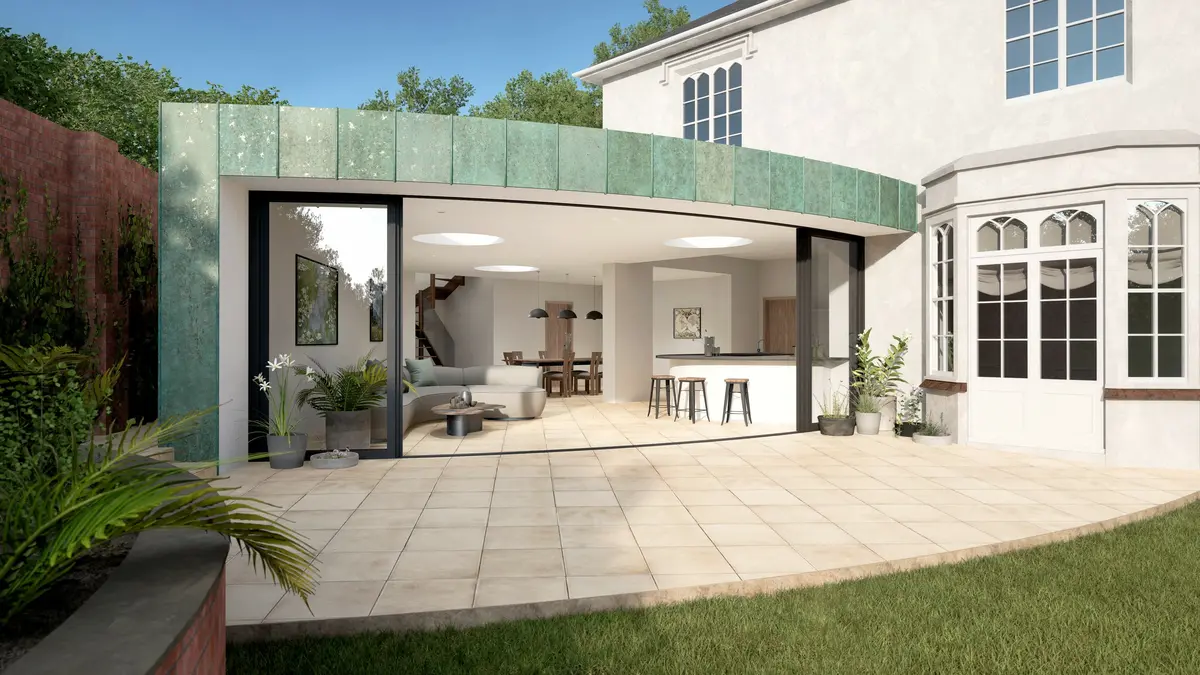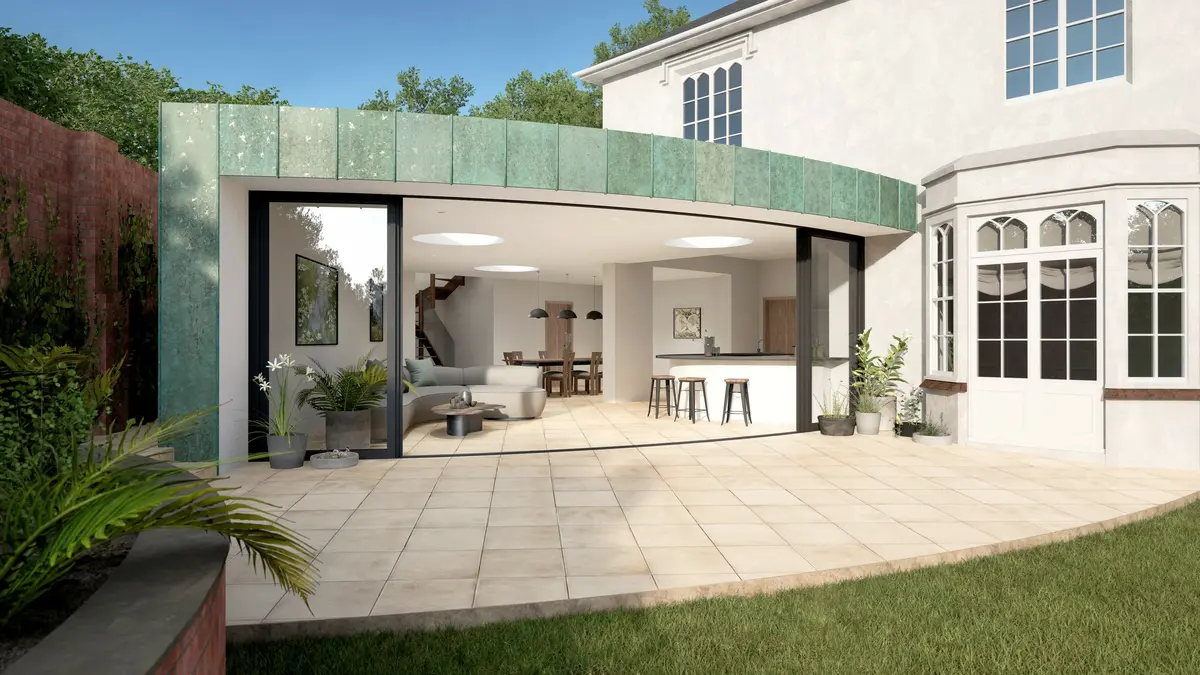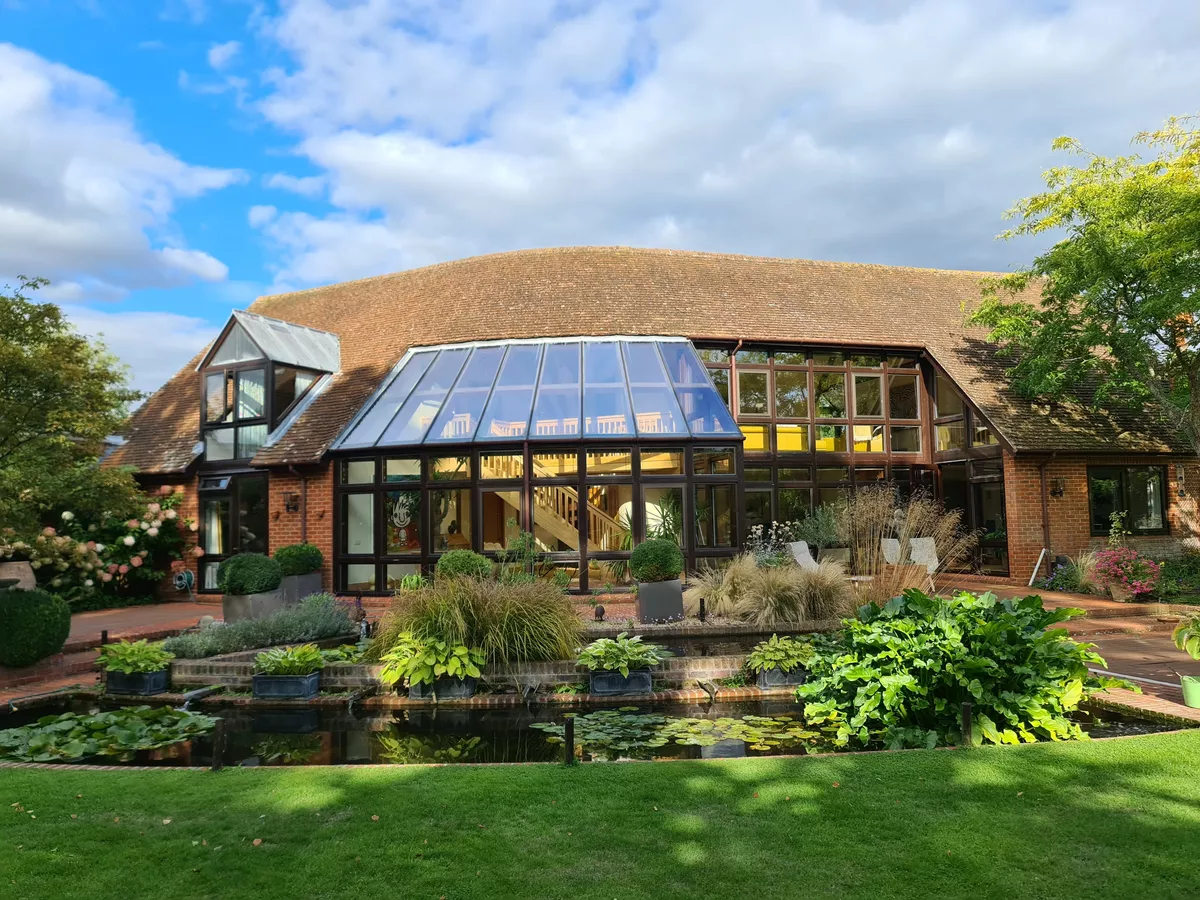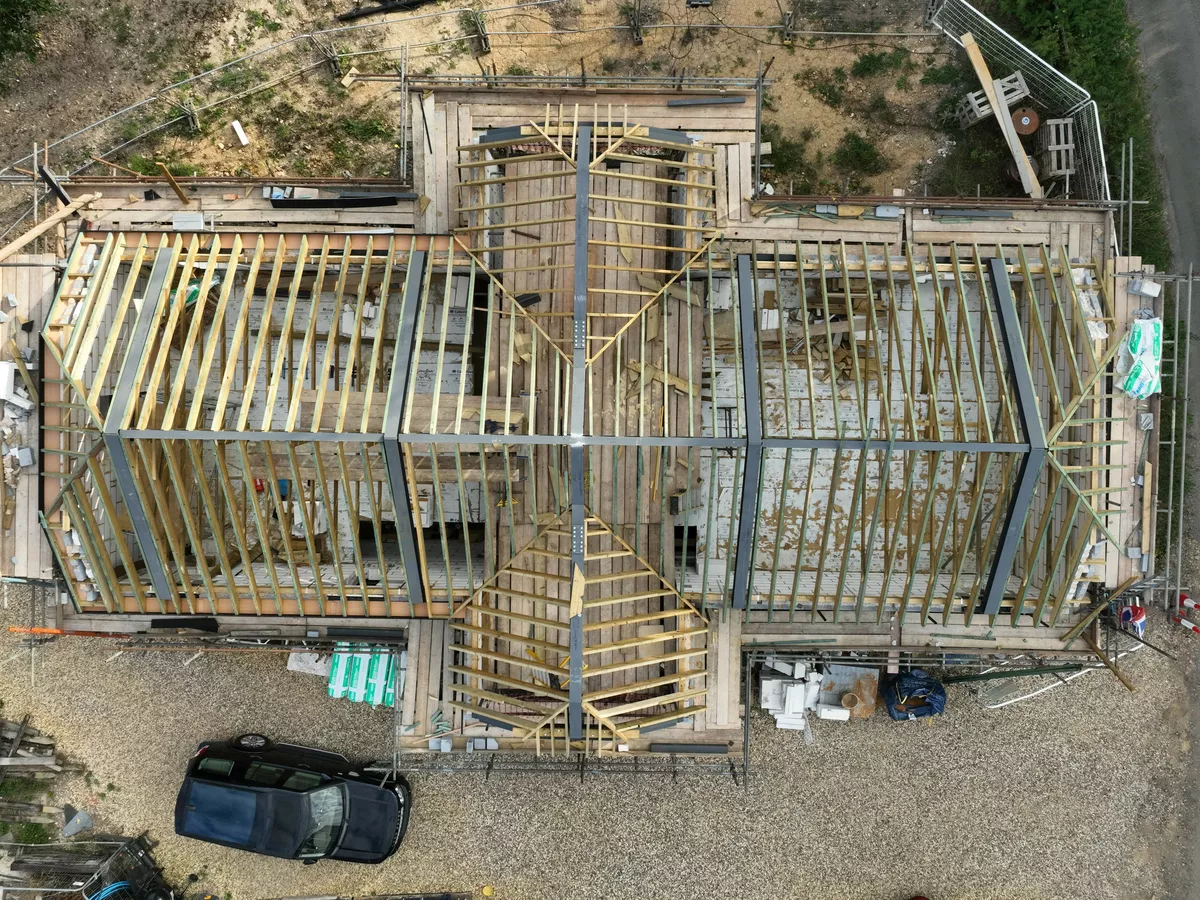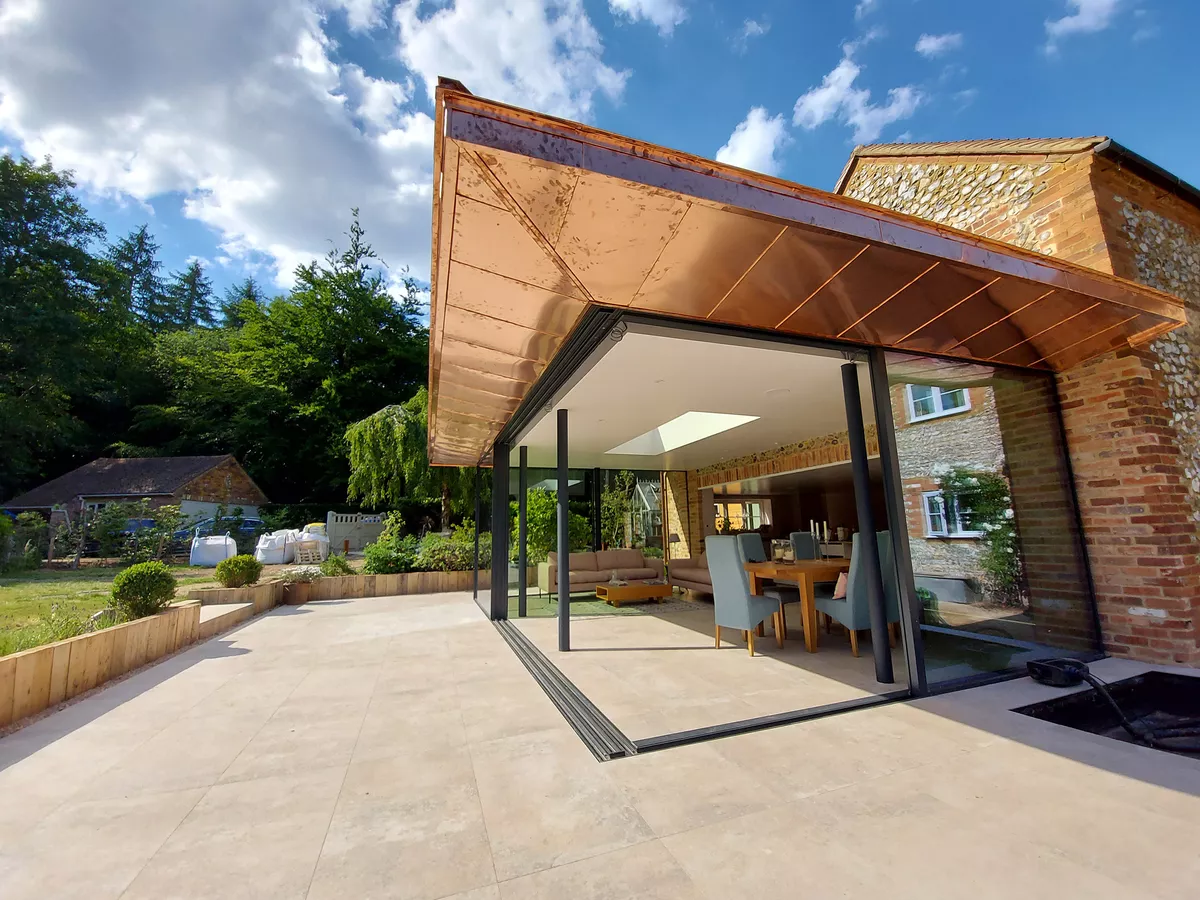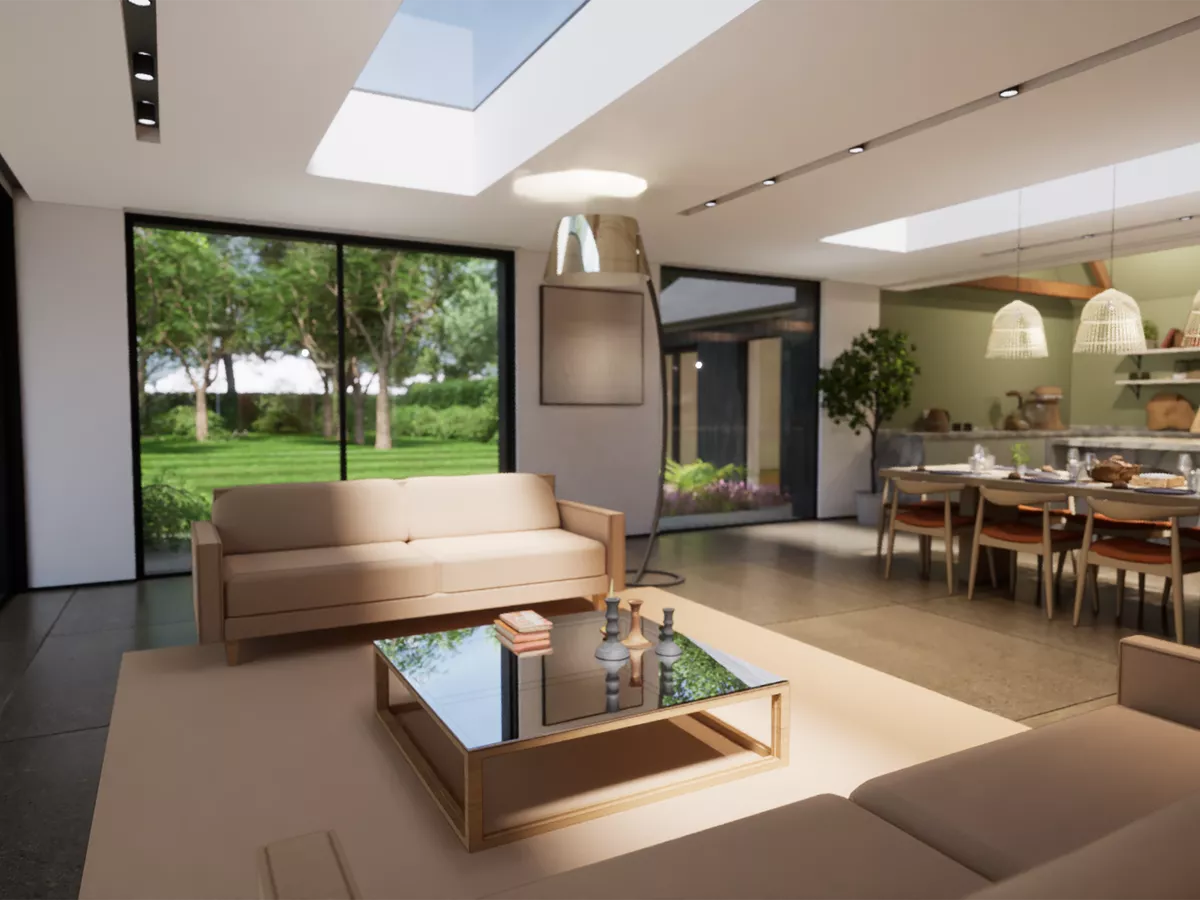A Guide to Extending Your Country Home in Berkshire: Ideas and Advice
Renovating Berkshire Country Homes
At Philip Wadge Architecture, we understand that rural home renovations require a more tentative approach; selecting traditional materials and navigating local Berkshire planning permissions are just some of the themes to consider. In this guide, we will share with you our most effective country house extension ideas, alongside our expert insights into design, flow, and sustainable materials.
Berkshire is comprised of six unitary authorities: West Berkshire, Reading, Wokingham, Bracknell Forest, Windsor and Maidenhead, and Slough. Each authority has its own local planning policies and character areas. Whether you're in a conservation area in Windsor, a village in West Berkshire, or on the edge of green belt land in Wokingham, we offer expert guidance across the county.
Improving Flow and Functionality
The best extensions not only increase the size but should also improve the home’s functionality. It is common for older homes to feel disconnected, with a series of smaller rooms that are often no longer sought after for modern living. An extension is the perfect opportunity to rework the floor plan to create better flow, functionality, and flexibility.
Popular configurations:
- Open-plan kitchen-dining-living areas – Ideal for families or entertaining
- Utility rooms and boot rooms – Useful in muddy country settings
- Home offices or snug rooms – Flexible, peaceful spaces with views
- Guest bedrooms or annex wings – For multigenerational living or short-term lets
Creating logical transitions between rooms also makes daily living more comfortable and adds lasting value.
Adding Functional Spaces
Thoughtful designs and high-quality extensions are often rewarded within Berkshire’s property market. Here are some country home extension ideas from adding extra space to suit your needs, to attracting potential buyers.
Strengthening Connections with the Outdoors
Beautiful views and outdoor spaces are all over Berkshire, but many older properties were not built with the purpose of appreciating the rural beauty. Extensions offer a great opportunity to open up your home to nature, blurring the lines between indoors and outdoors.
Design Features:
- Bi-fold or sliding glass doors that lead onto a terrace
- Large picture windows to frame landscape views
- Verandas, pergolas, or covered walkways to transition between home and garden
- Orangeries or garden rooms with high-level glazing
Incorporating nature-facing spaces enhances wellbeing, increases natural light, and allows you to enjoy your setting all year round. This is particularly valuable in Berkshire's green belt and AONB areas, where landscape sensitivity is a must.
Navigating Berkshire Planning Permission
The planning stage of a project can be complex, especially in rural locations if your property is listed or in a conservation area. Our team at Philip Wadge Architecture are experts in the planning process within the different boroughs of Berkshire.
Key planning factors for rural extensions:
- Local planning policy – Each borough in Berkshire (e.g. West Berkshire, Wokingham) has different rules:
- West Berkshire, Reading, Wokingham, Bracknell Forest, Windsor and Maidenhead, and Slough.
- Heritage impact – Listed buildings or settings near historic sites often require more detailed applications.
- Permitted development rights – Some extensions (e.g. rear single-storey) may not need full permission.
- Ecological considerations – Proximity to protected land or wildlife may require assessments.
- Rear extensions – Often provide the greatest flexibility and planning potential.
- Design cohesion – A unified aesthetic helps tie the extension into the existing structure.
- Visual scale – Broken or stepped forms can reduce the perceived mass of the extension.
- 3D visuals – Useful for demonstrating how the proposal integrates with its surroundings to parish councils, neighbours, and planning officers.
We always recommend early discussions with planning officers and, where appropriate, heritage and ecology consultants to avoid delays or disappointment.
Respecting the Original Charcater
A vital principle in extending your home is to ensure that this change feels like a natural part of your home’s evolution. This principle is thought about from the very beginning and definitely not just an afterthought.
Considerations include:
- Proportions and massing – The scale of your extension should match or sit slightly subordinate to the main building.
- Roof design – Gable or pitched roofs often work better than flat ones on rural homes.
- Architectural continuity – Where possible, continue key features like eaves, window shapes or brick detailing.
These choices help the extension blend in and ensure visual harmony between old and new elements.
Complimentary Materials
Materials play a critical role in achieving an extension that sits comfortably within the countryside. In Berkshire, where flint, brick, timber and stone are common, using similar or locally sourced materials creates a seamless aesthetic.
Material ideas for Berkshire homes:
- Natural or reclaimed stone to match original walls
- Render or lime plaster for smoother transitions
- Timber cladding (especially oak or larch) to soften visual impact
- Slate or clay roof tiles to preserve historic detailing
Sustainability also matters. Choose FSC-certified timber, breathable renders, and insulating materials with a low carbon footprint to reduce environmental impact and meet modern building standards.
Blending Traditional and Contemporary Design
While many homeowners want to respect the history of their country home, it's entirely possible to bring in modern design elements — as long as they’re integrated with care.
Successful traditional–modern blends include:
- Slim-framed aluminium windows within oak structures
- Contemporary kitchens set against exposed stone walls
- Polished concrete or parquet floors paired with traditional beams
- Zinc or sedum roofs as contrast accents
This balance can give your home a timeless feel that doesn’t shy away from modernism, but honours the past.
Conclusion
Extending a country home in Berkshire offers the opportunity to enhance your lifestyle, add long-term value, and make your property more sustainable and functional. With the right design approach, sensitivity to character, and expert guidance through planning, your extension can feel like a natural evolution of your home—one that complements the landscape, meets your needs, and stands the test of time.
Share Your Ideas With Us
